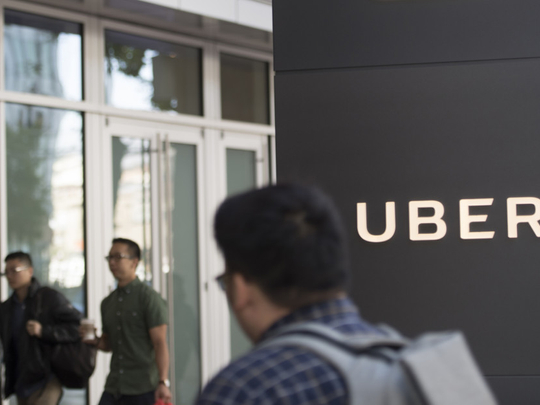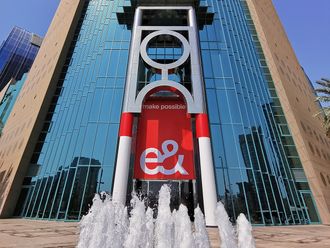
Uber Technologies Inc. eliminated an additional 3,000 jobs on Monday, the latest in a series of cost cuts by the company which has been hammered by the pandemic's impact on its global ride-hailing business and has never turned a profit.
Combined with the 3,700 employees in customer support and human resources Uber dismissed earlier this month, the cuts now total about 25% of the entire workforce. A company spokesman said more job cuts could come.
The company also plans to reduce its investments in several non-core projects, Chief Executive Officer Dara Khosrowhahi said in an email to staff Monday.Uber and its peers in the sharing economy have been hit hard by the social distancing measures in place to limit the spread of Covid-19. Lyft Inc., the main alternative to Uber in North America, is cutting about 17% of staff, furloughing more and reducing salaries.
Uber, which for years burned cash in exchange for user growth, faced challenges even before the pandemic. It reported a first ever decline in rides during the first quarter, and pushed back a goal of being profitable to next year instead of at the end of 2020.
In order to achieve that metric, Khosrowshahi said he planned $1 billion in cost-cutting measures, including head count, real estate and other reductions. Although Uber's ride-sharing division is now profitable, the food delivery operations still lose money and other bets like autonomous vehicles and air taxis have yet to be proven.
Even as it makes efforts to cut costs, Uber is in talks to acquire Grubhub Inc. to capture a surge in demand for takeout meals from restaurants while people are locked down at home. Such a tie-up could also lead to hundreds of millions of dollars in savings in a highly competitive industry.
Since the pandemic began, Uber has shuttered a half-dozen food delivery operations, offloaded its cash-burning electric bike group to scooter startup Lime and permanently closed 40% of its driver stations.










